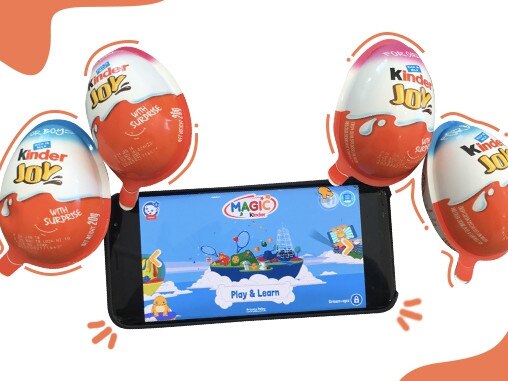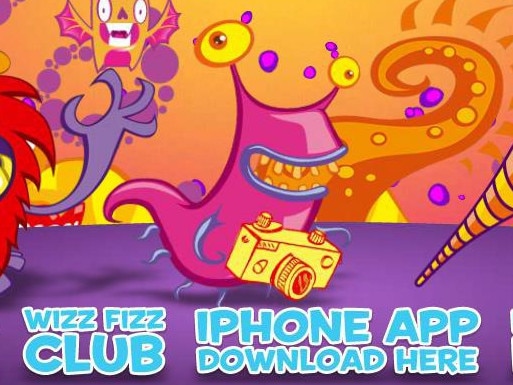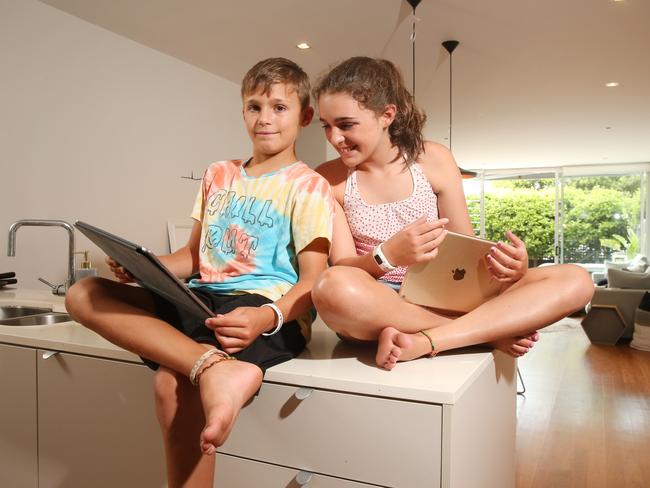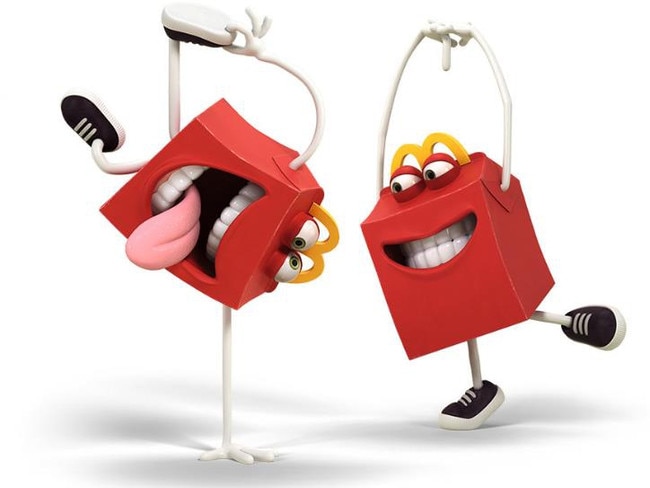How online junk food ads are tempting Aussie kids
As obesity rates soar, children are being exposed to online junk food advertising in a sneaky attempt by companies to circumvent codes around not marketing to kids.
Exclusive: Children are being exposed to junk food advertising online and on social media, in a sneaky attempt by companies to circumvent codes around not marketing to kids.
The Obesity Policy Coalition has called out some of the biggest food advertisers — and the social media giants which allow such marketing to appear on their platforms — and wants the government to stop ignoring the loophole.
This comes as News Corp Australia can exclusively reveal the Federal Government will host an Australia-first all inclusive obesity summit in Canberra on February 15 with the states, obesity experts and the health sector to look at innovative ways to tackle the growing obesity problem.

Two in three Australian adults and one in four Australian children are overweight or obese leading health experts to fear the current generation of kids will be the first to die before their parents due to weight-related poor health.
OPC director Jane Martin said one of the key reasons kids were not protected from digital marketing of unhealthy food, was that the food industry’s self-regulatory codes used a narrow definition of if an ad, app or video was “directed primarily to children”.
RELATED: This was the top searched diet of 2018, but does it work?
RELATED: Kids suffering anxiety over healthy food obsession
RELATED: Parents spending millions on kids gym memberships

The Responsible Children’s Marketing Initiative states that food advertising cannot be placed in a medium that is directed primarily to children (eg a TV program rated C or P), placed in a medium where children are 35 per cent or more of the audience and directed primarily to children when considering the ad’s themes, visuals and language.

“For the most part, social media is an unregulated space which is almost impossible to monitor — and the food industry is taking full advantage,” Ms Martin said.
“These companies claim that they don’t market to children, and yet they’re using filters, interactive games and likes to recruit a new generation of junk food customers. This is simply marketing dressed up as entertainment and education.”

Ms Martin detailed examples including a McDonald’s happy meal app that promoted brand recognition among children, a KFC bucket head filter on Snapchat and a kid-friendly Whiz Fizz website with animated monsters that directed visitors to “like” the connected Facebook page.
“It’s time the government stepped in and imposed proper restrictions to stop these companies bombarding our kids online,” she said.
The federal government’s eSafety Commissioner Julie Inman Grant said social media companies had a responsibility to do more.
“While we encourage technology companies to build safety features into their products at the design stage … (they) should continue to innovate and improve their safety protections for users,” Ms Inman Grant said.

A survey by the Office of the eSafety Commissioner in 2016 found 34 per cent of kids online (aged 8-13) used social media services. Of these, their top social media services were YouTube (66 per cent), Facebook (56 per cent), Instagram (53 per cent) and Snapchat (30 per cent).
Chief executive of the Australian Food and Grocery Council Tanya Barden said many of the ads the OPC highlighted either currently or had already been assessed by a community panel of Advertising Standards.

Some of those advertisements were found to meet the standards, but the OPC said that was because the current standards were not strict enough.
“Developments in modern communications and social media are changing children’s viewing habits. We will explore how advertising codes can continue to remain relevant to ongoing changes in viewing patterns,” Ms Barden said.
Minister responsible for Food and Preventive Health, Bridget McKenzie, said the government was currently considering a senate report into the obesity epidemic which has recommended legislation to restrict discretionary food and drink advertising on free-to-air television until after 9.00pm.
She said there was “no silver bullet” to tackling increasing rates of obesity but the obesity summit on February 15 would look to innovative solutions to help people keep a handle on their weight before it became an issue.
Opposition health spokeswoman Catherine King said urgent action was needed.
“The time has come to have a national conversation around relentless junk food marketing to kids — and that includes on the internet, not just on TV,” Ms King said.
EXAMPLES NAMED AND SHAMED BY THE OPC
— A KFC bucket head filter on Snapchat
— A “Fanta Crew” video on YouTube with childlike animations
— MILO’s Champions Band, aimed at children aged 6 to 12, works in conjunction with the MILO Champions app to keep track of kid’s physical activity and what they’re eating. It leads children to believe that MILO is an integral part of a healthy lifestyle, despite being almost 50 per cent sugar.
— A whiz fizz website which encourages kids to play games and become a fan of the brand’s Facebook page.
— Cadbury’s ‘elfie selfie’ app which was available over Christmas (and still downloadable from the App store now). The app claims to be for those over 18, and asks users to state ‘yes’ or ‘no’. However, if ‘no’ is selected the user is simply directed into the app with no message stating they shouldn’t be accessing it or restrictions.
— The ‘Magic Kinder’ app which encourages kids to ‘unlock your daily surprise’.
— McDonald’s ‘Happy Studio’ app uses games, activities and popular Snapchat-like digital masks, in conjunction with the animated character ‘Happy’ — a walking Happy Meal to create brand affinity among children.


